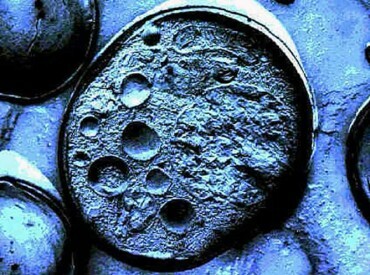Life And Work Of Manuel Álvarez Bravo
Biographies / / July 04, 2021
Manuel Álvarez Bravo, a pioneer of artistic photography in Mexico, is considered the greatest representative of Latin American photography of the 20th century. His work stretches from the late 1920s to the 1990s.
He was born in the center of the Mexican capital on February 4, 1902. He interrupted his studies at the age of twelve when his father died and began to work to help with the family finances, in a textile factory and later in the General Treasury of the Nation.
His grandfather, a painter, and his father, a teacher, were fond of photography. The early discovery of the possibilities of the camera will make you explore all photographic procedures as well as graphics techniques on your own.
At the beginning he tackles pictorialism, influenced by his painting studies at the Academia de San Carlos. He then explores modern aesthetics, with the discovery of cubism and the possibilities of abstraction. In 1930 he started in documentary photography: Tina Modotti, upon being deported from Mexico, left him her job at Mexican Folkways magazine. Thus he works for the mural painters: Diego Rivera, José Clemente Orozco, David Alfaro Siqueiros.
Álvarez Bravo is an emblematic figure of the period after the Mexican Revolution known as the Mexican Renaissance. That was a period whose wealth is due to the happy, although not always serene, coexistence of a desire for modernization and the search for an identity with its own roots in which archeology, history and ethnology played a relevant role, in parallel to the Arts. Álvarez Bravo embodies both tendencies in the field of visual arts.
From 1943 to 1959 he worked in the cinema taking still photographs, which led him to produce some personal experiments.
During his lifetime, he presented more than 150 individual exhibitions and participated in more than 200 group exhibitions. According to many critics, the work of this "poet of the lens" expresses the essence of Mexico, but the humanist view that reflects his work, the aesthetic, literary and musical references it contains, also give it a dimension universal.
He passed away on October 19, 2002, at the age of one hundred.


